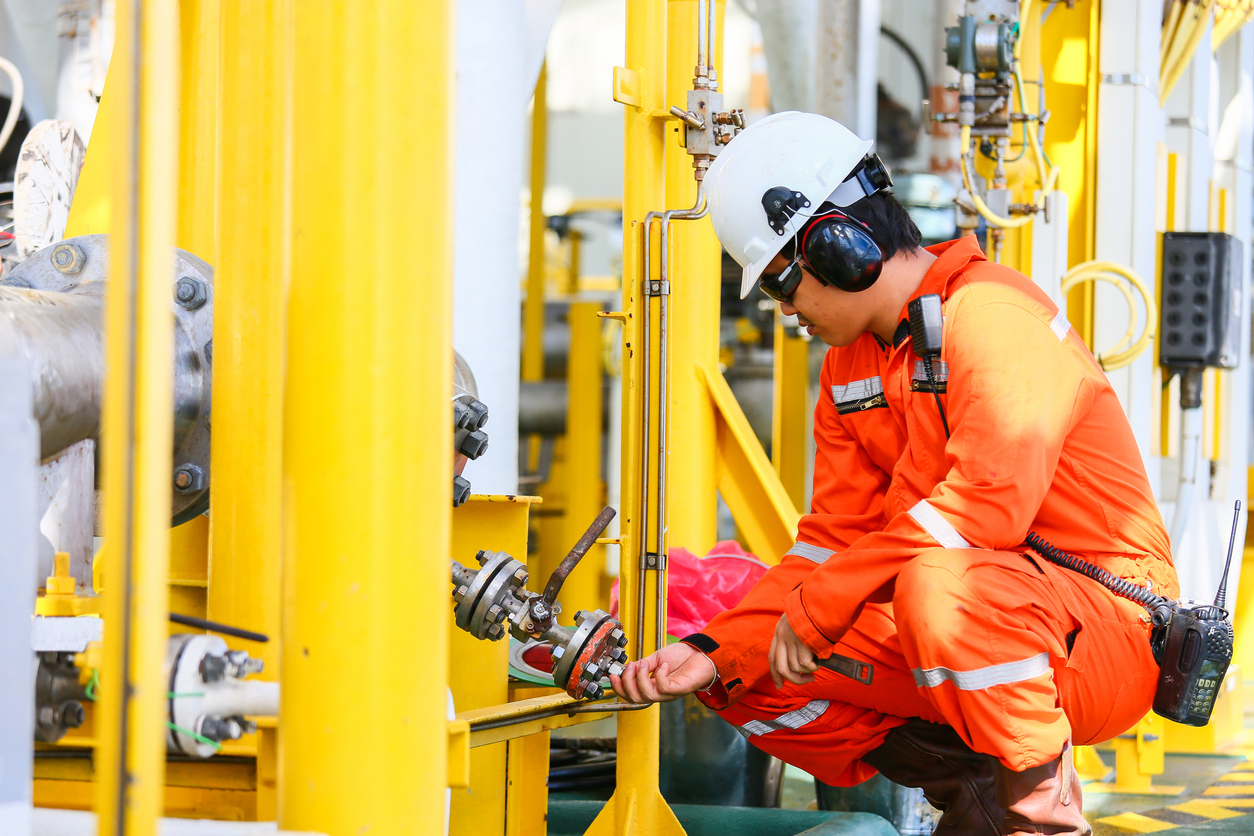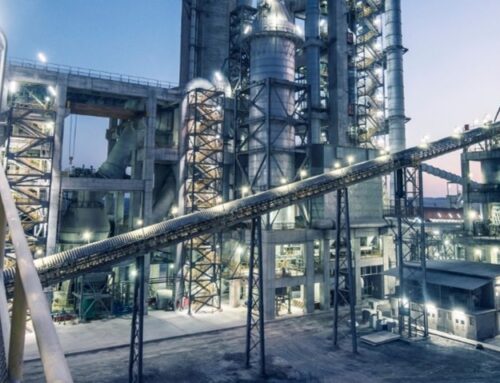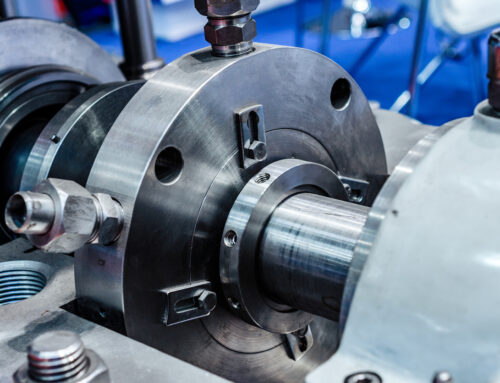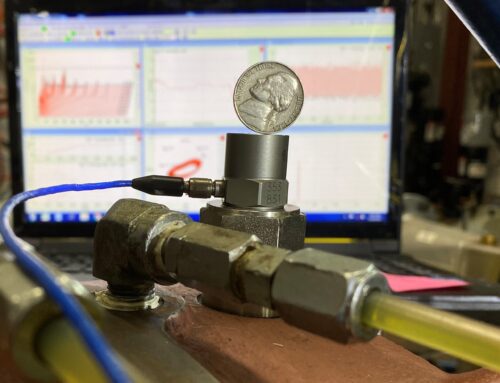Factors in Compressor Design
Gas Compressors have to be designed to handle large changes in pressure and temperature in a large variety of gas mixtures. Gas loads and the rotor weights will have a direct effect on bearing life. Throw in the thermal growth of the rotor shaft vs. cylinder and the thermal growth in the bearing housing; one can see how complicated a compressor design can get. All of these factors will determine the reliability of the compressor.
Temperature Variation
Gas temperatures can increase by several hundred degrees in a compression cycle. Consequently, all components in the gas stream will be affected by thermal expansion. The design of the compressor must minimize the effect that thermal growth of the parts has on the compressor’s efficiency, as well as its ability to run reliably, with minimal downtime. Water jacket cooling helps in making the thermal growth more predictable and to get a more efficient compressor design. Ambient conditions can also affect the reliability of a gas compressor. A compressor system designed for the desert areas of the Middle East may not be able to withstand the environment that is typical of Northern Alberta.
Pressure Variation
The compressor housing needs to be strong enough to continually handle the pressure inside the compression chamber. The compression cycle also creates continuous pressure pulses that can be detrimental to the compressor. Just as important, one must be aware of the external forces acting on a compressor, such as the weight and thermal growth from the connected piping. These forces can add moments and loads to the flanges, which are integral to the compressor housing. The materials used in the construction of the compressor must be both strong and ductile to maintain the compressor’s reliability.
Gas Composition
Compressors are used in many different applications. From compressing air or natural gas, to countless chemical process variations. Compressor materials have to resist hydrogen embrittlement, moisture, sulfide stress cracking, and other corrosive conditions. Not only the material of the compressor housing, but the seals and elastomers must also be able to resist the effects of the different gases. An industry standard has been developed by the National Association of Corrosion Engineers (NACE), to help define compressor design that will resist some of the critical elements found in gases, particularly H2S.
Proper lubrication is a must for any gas compressor. Oil protects the bearings from the corrosive elements of the gas and provides lubricity to maintain expected bearing life. In compression, the possibility of water condensing in the bearings is a significant threat as it can wash away the oil, leaving the bearings unprotected. The chart below appeared in Efficient Plant Magazine (July/August 2020), which shows the effect of water in the lubricating oil, as it pertains to expected bearing life. In addition to water, particulate contamination will also severely shorten the life of a roller bearing.
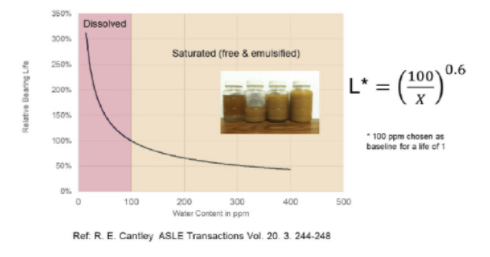
The Ro-Flo Compressor Design
Ro-Flo rotary vane compressors have been around since the 1930s. The basic design has changed little during its lifespan, which is a tribute to the engineers trying to develop a robust compressor. Many Ro-Flo compressors built in the 1960s and 1970s are still in operation today, which speaks to the reliability of the compressor design. The design of the compressor has very few moving parts. The rotor, vanes, bearings, and seals are always rotating in one direction, which prevents much of the fatigue associated with other types of compressors.
The current design utilizes materials that are conducive to a more reliable machine:
- The cylinder body and heads are constructed of ASTM A395 ductile iron (additionally, they are liquid-cooled). The ductility of A395 handles the temperature changes very well. The A395 material is also very resilient to the pressure changes that happen during the compression cycle.
- The rotor is a one-piece shaft design, machined to very close tolerances- maximizing efficiency while preventing catastrophic failures. The one-piece design resists bending from the gas loads and supports its weight without deflection.
- The rotor blades, or vanes, consist of high strength aramid fiber with phenolic resin. The low thermal expansion ratio of this material allows for tightly held clearances, increasing the compressor’s efficiency. The average blade life is two years, but at lower operating temperatures and proper lubrication, blades can last well over five years.
A significant improvement in reliability over the original compressor design is in the custom-designed bearings. Through advances in material science and heat-treating control improvements, the bearing life expectancy in a typical application is well-over 30,000 hours.
All components exposed to the process gas are designed to resist hydrogen embrittlement and sulfide stress cracking. The ductile iron construction of the head and cylinder not only handles temperature and pressure variances, but it also meets NACE MR0175 criteria for avoiding sulfide stress cracking caused by H2S. The rotors are available with a NACE compliant option. The once-through lubrication system used with the sliding vane compressor continuously injects small amounts of oil to maintain a thin film of fresh oil on the internal components, protecting them from the process gas. All of the injected oil is eventually pushed out of the compressor discharge and downstream where it is typically removed from the process with some type of separator.
The Ro-Flo design also allows various elastomer options to meet compatibility requirements with the process gases.
Compressor Design beyond the Compressor
Finally, one component of the compressor design that is not physically mounted on the compressor but has improved the reliability of the compressor is the Ro-Flo Performance software.
The Ro-Flo Performance software utilizes the specific conditions of a given application to analyze the operation. The software ensures that the compressor is not over-loaded, that it is running within the proper rpm range, and staying within the allowable temperature and pressure ranges.
Get Started With Ro-Flo Compressors
Many applications are reviewed by the experienced staff at Ro-Flo to ensure the best equipment selection to maximize the reliability of the compressor. Contact Ro-Flo’s team of engineers to learn more about Ro-Flo’s reliability and performance advantages.

